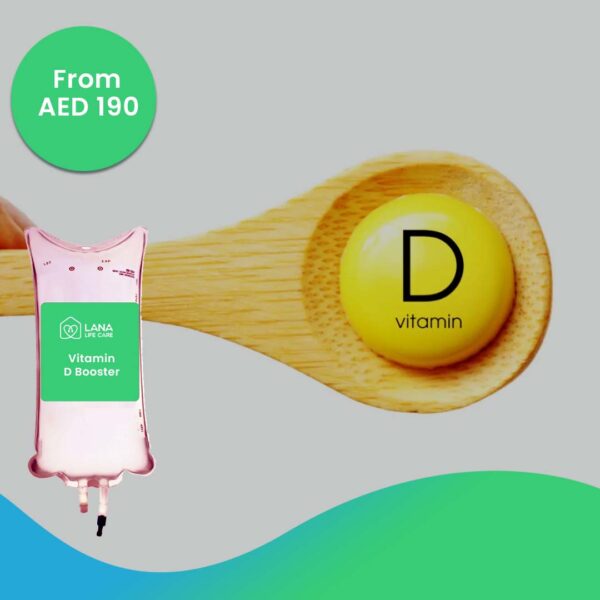
Bedsores can affect any part of the body, but they especially affect the areas close to the bone around the elbow, knee, heel, and ankle. Although heel pressure ulcer treatment is not impossible, delaying the necessary treatment may lead to serious complications for the patient that may be fatal. Bedsores develop in stages, but recognizing and diagnosing early pressure sore on the heel is what makes their treatment possible.
Heel pressure ulcer treatment focuses on wound care to promote healing and prevent infection. This includes removing dead tissue, applying dressings, and ensuring effective pressure relief, which is key to recovery.
Heel pressure ulcers appear as a result of constant pressure on the soft tissues in the body, which causes the destruction of blood vessels and tissue damage, leading to the development of deep wounds and sores in the skin.
The duration of heel pressure ulcer treatment varies from person to person, as they can appear after a few hours of disturbance in blood circulation, or they may take several days or weeks to appear, and the duration of their appearance depends on several factors.
It is worth noting that there are many other names for bedsores, despite the multiplicity of names and descriptions, but they all describe one condition, which is the tearing of the skin due to voluntary pressure on the skin, and among the other names for bedsores;
1. Pressure ulcers; This term is often used to describe ulcers that occur due to continuous pressure on the skin for a long time, which is reflected in the speed of blood flow to the affected area and results in the appearance of these ulcers in their various stages, heel pressure ulcer treatment often takes time.
2. Decubital ulcers; This medical term is often given to the types of ulcers that affect patients who are completely immobile, such as paralyzed patients, as the patient develops ulcers as a result of not changing the lying position for a long time. In this case, you can do wound dressing at home.
3. Extension ulcers; This type of ulcer is caused by continuous stretching of the skin, or by great prolonged pressure
Also Read: wound vac nursing care
Speaking about heel pressure ulcer treatment, the most prominent initial symptoms that appear in a patient with an early pressure sore on the heel are:
When it comes to heel pressure ulcer treatment, ulcers often rupture at first, but the matter may get worse by the appearance of the following signs:
Also Read: Types of Wound Dressing
Before the heel pressure ulcer treatment stage, it is necessary to discover the causes, as heel pressure ulcer occur due to pressure on the area, which prevents blood from reaching it. The following are the most prominent primary causes of pressure ulcers:
As we mentioned earlier, pressure on a specific area prevents blood flow to it, which hinders the arrival of oxygen and food to the area, and without the presence of basic food for the organ, this causes damage to it and may lead to its death.
Friction occurs when the skin rubs against clothing or bedding, and fragile skin is often more susceptible to injury, especially if it is moist.
Insufficient blood flow can cause damage to the heel tissue, which in turn leads to the appearance of early pressure sore on heel signs in the affected area, so always remember that the earlier the cause is discovered, the faster the heel pressure ulcer treatment will be, as you can also seek the help of a doctor and conduct the necessary tests, or seek the help of wound care nursing Dubai.
It is worth noting that diabetes is one of the most important causes that may lead to the development of early pressure sore on the heel, especially if you suffer from high blood sugar levels.
It is worth noting that bacteria and fungi affect the skin and sometimes this may cause damage to the outer tissues of the skin, which may cause foot ulcers to appear. In this case, the heel pressure ulcer treatment is by getting rid of the damaged tissue and then treating the bacteria.
Excess weight causes prolonged pressure on the heel of the foot, which may lead to the appearance of heel ulcers as a result of the voluntary pressure on the heel of the foot. In this case, we recommend following a diet to reduce weight.
Heel pressure ulcer treatment is not impossible, but it is not easy either, as open wounds do not heal quickly and when they heal, their healing may not be regular. It may take a few weeks to heal, but more advanced wounds may require surgical intervention. These are the steps that must be taken for heel wound treatment:
Tips to reduce your risk of developing pressure ulcers include:
1. Change positions in bed at least every two hours.
2. Regularly check your skin for signs of bedsores.
3. If you use a wheelchair to sit upright, change your sitting position every 15 minutes, and use a pillow under you to relieve the pressure of your weight.
4. Use some mattresses, such as dynamic types or those made of static foam, as they help relieve pressure. Also, some beds have a pump that ensures a constant flow of air to the mattress.
5. Wear special padding on pressure points including the elbows and heels
6. Make dietary adjustments to ensure adequate and appropriate nutrition.
7. Drink plenty of water.
8. Do exercises, even while in bed, to encourage circulation.
9. Quit smoking and avoid secondhand smoke.
Also Read: best dressing for skin tear
Heel ulcers are the most common among bedridden patients or those who do not move much, and this type of ulcer usually occurs as a result of lack of movement, which results in great pressure on the heel area, thus obstructing the blood from reaching the tissues sufficiently.
Which leads to tearing or damage to the affected tissues, regardless of the level of injury that the patient’s condition has reached, Lana Life Care provides home heel pressure ulcer treatment services, which ensures good care for the patient, in light of the experience of our medical team in dealing with ulcers of various types, and our services at Lana Life Care are represented in;
First, we conduct an examination of the patient at the site of the ulcers to confirm the level of injury and determine its stage and severity.
After completing the examination and determining the stage, the specialist doctor determines the appropriate heel pressure ulcer treatment for the patient’s condition, taking into account the compatibility of the heel pressure ulcer treatment with other diseases, if any.
To get rid of ulcers and their pain, the medical team performs continuous cleaning of the ulcer site using modern medical techniques, to get rid of damaged tissues that cause pain to the patient.
Assistive devices are used to distribute body pressure correctly, such as medical pillows, to prevent bedsores
In light of heel pressure ulcer treatment, the medical team conducts periodic visits to the patient and evaluates their health condition to ensure that the patient’s health has improved and that their body is responding well to the treatment of the heel pressure ulcer.
Heel pressure ulcers often occur as a result of prolonged continuous pressure on the heel area, or due to malnutrition and exposure to moisture for a long period as well. The stages of infection vary and the symptoms of each stage differ from one to another. As for heel pressure ulcer treatment methods, the patient has many options such as home care or consulting a doctor, so if you want to get good health care and effective treatment to get rid of ulcers, Lana Life Care provides home heel pressure ulcer treatment services to care for ulcers through a distinguished medical team.
There is no magic way to get rid of ulcers, especially if they have reached a late stage of infection, in which case it is difficult to treat, but you can relieve the injury by reducing pressure on the area using pillows, taking good care of the wound and following the patient’s instructions.
There are many types of bandages, but your choice of any type varies based on the stage of the injury, and the most famous types are;



